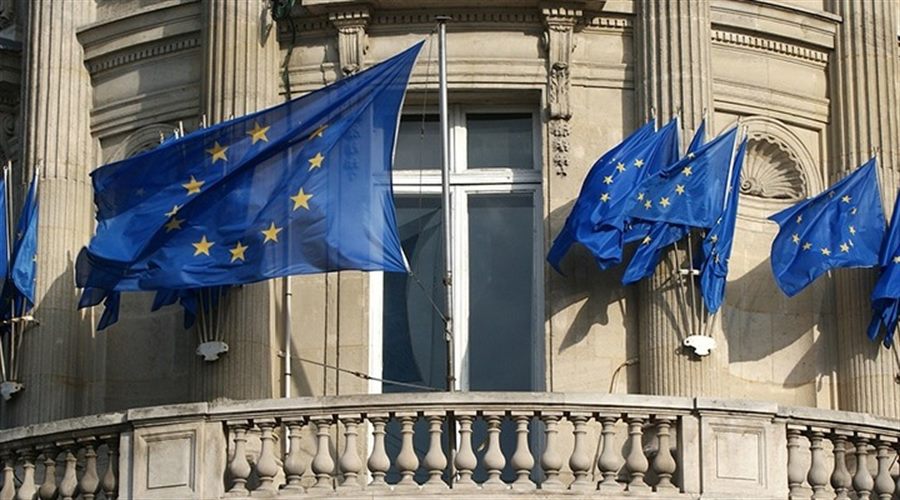Fasset, a global digital asset gateway, announced on Wednesday that it would expand into the European Union after securing a cryptocurrency authorization.
According to the press release, as part of the company’s long-term growth strategy, Fasset has previously obtained three separate full authorizations from the Labuan Financial Services Authority, and this latest move will allow it to expand its digital asset services to more retail and institutional investors globally.
“The digital asset sector has become an undeniable force in today’s financial and technological landscape. The EU is a hotbed for crypto activity, with a number of member states leading the charge in both innovation and implementation. With this license, Fasset can continue on its mission of enabling greater access to crypto assets, bringing investors a step closer to the future of finance. The EU will serve as a cornerstone as we look to connect the remittance corridor between the West and the East,” Mohammad Raafi Hossain, Fasset Co-Founder and Chief Executive Officer, and former Advisor to the UAE Prime Minister’s Office, commented on the announcement.
Revolut Expansion in the APAC Region
Recently, Revolut, one of the fastest-growing financial apps with more than 18 million users worldwide, announced that it appointed Charles Debonneuil as APAC General Manager. According to the press release, he will focus on growth in the Asia-Pacific region.
Fasset, a global digital asset gateway, announced on Wednesday that it would expand into the European Union after securing a cryptocurrency authorization.
According to the press release, as part of the company’s long-term growth strategy, Fasset has previously obtained three separate full authorizations from the Labuan Financial Services Authority, and this latest move will allow it to expand its digital asset services to more retail and institutional investors globally.
“The digital asset sector has become an undeniable force in today’s financial and technological landscape. The EU is a hotbed for crypto activity, with a number of member states leading the charge in both innovation and implementation. With this license, Fasset can continue on its mission of enabling greater access to crypto assets, bringing investors a step closer to the future of finance. The EU will serve as a cornerstone as we look to connect the remittance corridor between the West and the East,” Mohammad Raafi Hossain, Fasset Co-Founder and Chief Executive Officer, and former Advisor to the UAE Prime Minister’s Office, commented on the announcement.
Revolut Expansion in the APAC Region
Recently, Revolut, one of the fastest-growing financial apps with more than 18 million users worldwide, announced that it appointed Charles Debonneuil as APAC General Manager. According to the press release, he will focus on growth in the Asia-Pacific region.

